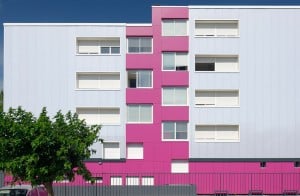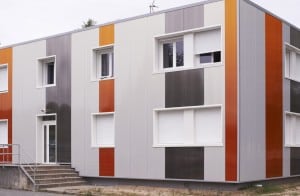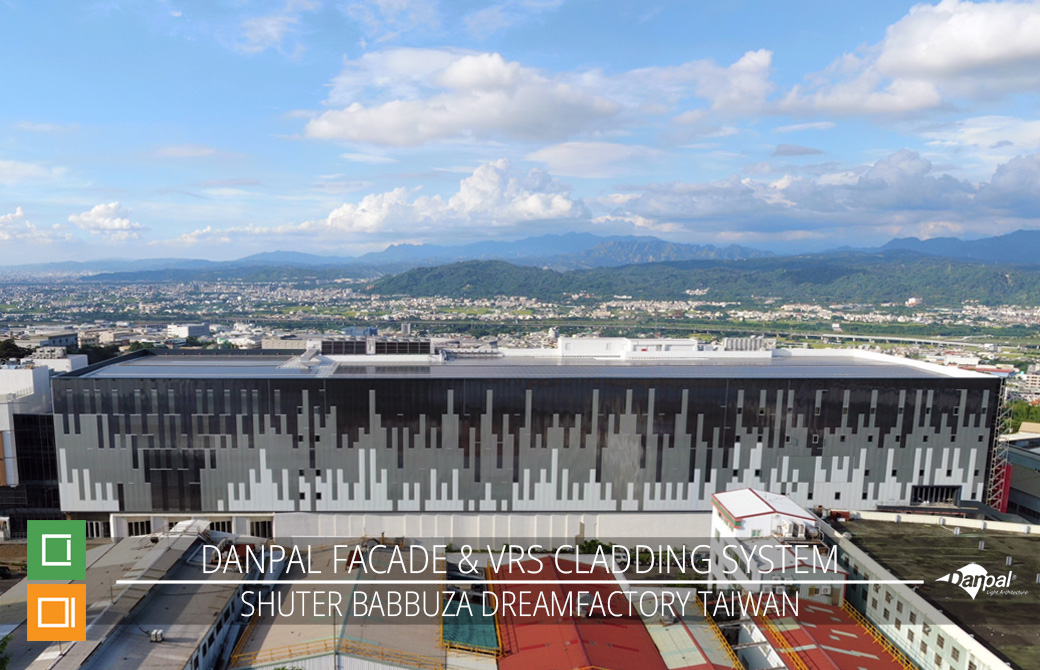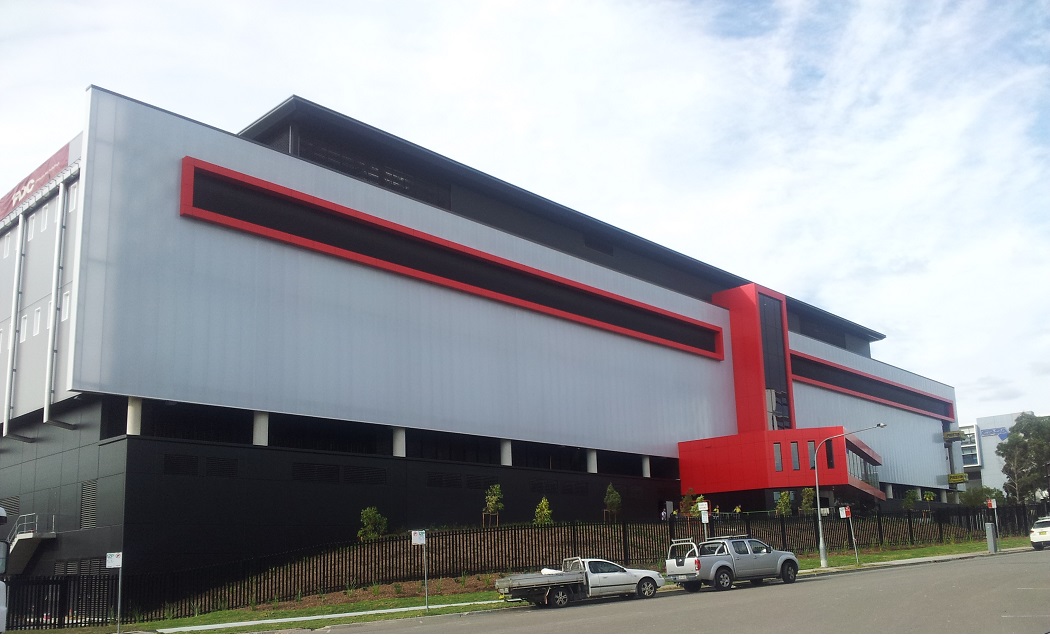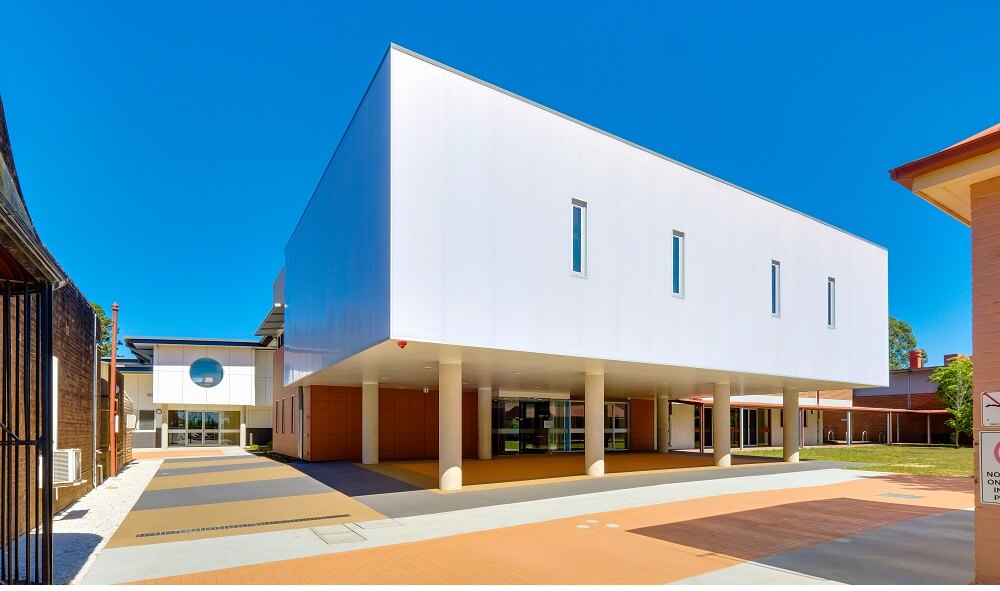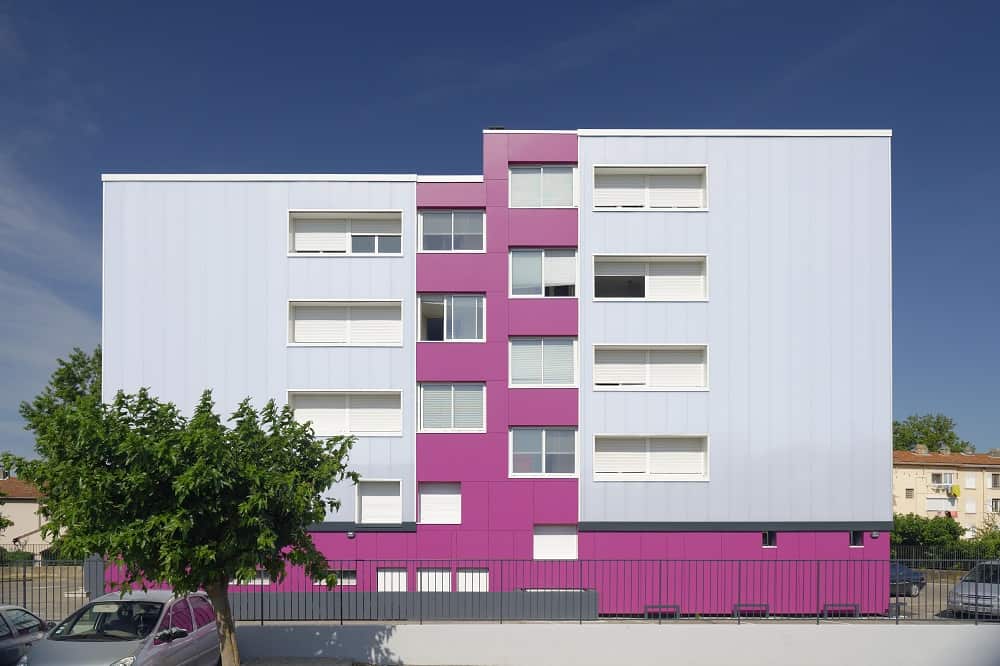Systems
DANPAL® VRS VENTILATED RAINSCREEN SYSTEM
The principle of Danpal® VRS is to provide a full system incorporating the trusted Danpalon® panel that will fully protect the insulation. Based on natural ventilation by means of an air gap, the convective motion behind the panels keeps the insulation dry and maintains its efficiency through time. The double notching of Danpal®’s ventilated rainscreen cladding system panels ensures perfect water-tightness. Light but solid, Danpal®’s ventilated rainscreen cladding is made of connector-bound Microcell polycarbonate panels that are three times lighter than traditional rainscreen cladding. This ventilated rainscreen cladding system offers simple & rapid installation as connections are made directly on the support – with no need for additional supporting framed structures.
Projects
Articles
FAQ
The advantages of rainscreen cladding are several, namely; acts as a secondary weatherproof barrier, provides additional thermal regulation, protection against aging & pollution and aesthetic improvements.
A Cladding System, comprises all the components needed, to create a full and complete solution - including framing elements and fixings. This system, then creates a the 2nd skin, which entirely encloses and protects the wall/barrier underneath.
A full rainscreen cladding system, is a form of double-wall construction that uses an outer layer to keep out the rain, and an inner layer to provide thermal insulation, prevent excessive air leakage and carry wind loading. The outer layer behaves like a skin, and in so doing, reduces energy losses.
Polycarbonate cladding offers a range of benefits that make it a popular choice for construction projects. Its lightweight nature makes it easy to install, reducing labor costs and time. Additionally, polycarbonate is highly durable and resistant to impact, weathering, and UV radiation, ensuring longevity and minimal maintenance requirements.Furthermore, polycarbonate cladding is known for its excellent thermal insulation properties, helping to regulate indoor temperatures and reduce energy consumption. Its transparency allows natural light to penetrate through, creating a bright and inviting interior environment.Moreover, polycarbonate cladding is versatile in design options, available in various colors, finishes, and textures to suit different architectural styles. Its flexibility also allows for curved installations or custom shapes.Polycarbonate cladding offers durability, energy efficiency, versatility in design, easy installation, and low maintenance.
Polycarbonate cladding is a versatile and durable option for building exteriors. When compared to other types of cladding materials, polycarbonate offers distinct advantages such as high impact resistance, lightweight properties, and excellent thermal insulation.In contrast to traditional materials like wood or metal, polycarbonate cladding is known for its transparency and ability to diffuse light effectively. This makes it a popular choice for structures where natural light is desired.Furthermore, polycarbonate cladding is easy to install and maintain, making it a cost-effective option in the long run. Its weather-resistant properties also ensure longevity and protection against harsh environmental conditions.Overall, when considering the performance, aesthetics, and durability of cladding materials, polycarbonate stands out as a modern and efficient choice for various architectural applications.
Polycarbonate cladding is a durable and low-maintenance material commonly used in construction. While it is known for its resilience, some maintenance requirements can help prolong its lifespan. Regular cleaning with a mild soap solution and water can prevent the buildup of dirt and grime, ensuring the cladding retains its aesthetic appeal. Additionally, inspecting for any signs of damage or wear periodically can help identify issues early on and prevent further damage. Proper installation following manufacturer guidelines is crucial to ensure the longevity of polycarbonate cladding.
Polycarbonate cladding is known for its energy-efficient properties. Its ability to provide excellent thermal insulation helps in reducing heat loss, thereby contributing to energy savings. Additionally, polycarbonate cladding allows natural light to penetrate through, reducing the need for artificial lighting and further enhancing its energy efficiency. These factors make polycarbonate cladding a popular choice for sustainable building designs aimed at reducing energy consumption and promoting environmental sustainability.






